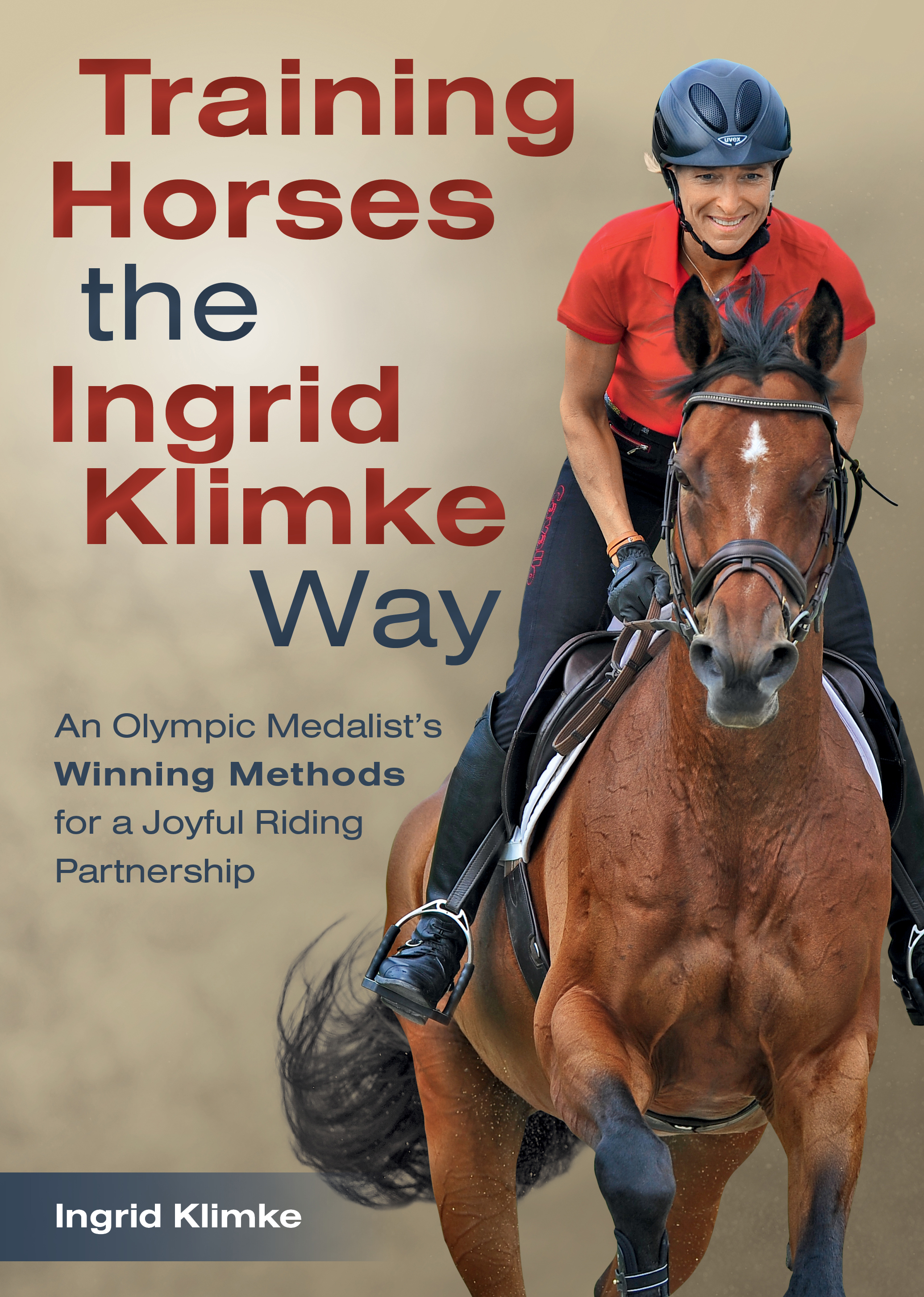In this excerpt from “Training Horses the Ingrid Klimke Way,” Olympian Ingrid Klimke shares why she feels hill workouts are necessary fitness builders for the equine athlete. Reprinted with permission from Trafalgar Square Books (www.horseandriderbooks.com).
Training on hills is part of our regular working program. Going uphill and working on hills strengthens the entire musculature, promotes conditioning, and is good for the horse’s balance and surefootedness.
Ideally, we travel to hills for training every fifth day. There, we begin with a 10- to 15-minute stretching phase at the walk — good training for building up the horse’s entire musculature. When we begin uphill, the horse must strike off very energetically from behind and use his whole back. In the beginning, I must make sure not to ride up- or downhill when it’s too steep: a horse needs to adjust slowly to the new demand being made of him. With regular training, the overall steepness can be increased.
At the end of the stretching phase at the walk, I work in posting trot at an easy tempo for 10 to 15 minutes. In trot, I also work both uphill and downhill. Training on the hills is especially exciting for stallions as it presents many new sensations for them to process. Temporarily, this excitement promotes a dynamic through which you can enhance the horse’s entire way of going, making it more expressive, imposing, and cadenced. When riding uphill, you bend slightly forward and push your weight down into your heels. Of course, the horse must, at some point, learn to trot downhill and maintain his balance as he does so. As this takes place, you bring your upper body back slightly, in order to always keep your seat in balance with the horse.
After the trot phase, I canter on at a quiet tempo. Often, with young horses, the canter work on hills is often still weak. Most of the time, horses that are familiar with this exercise accelerate as the hill gets steeper. On the other hand, young horses often lose power quickly and, for example, break to trot. Initially, allow your horse to go in his chosen tempo and do not drive him uphill. You should always introduce this training to a young horse very slowly and carefully, so as not to overwhelm him. While the horse may have become accustomed to varying ground conditions while going uphill, coming downhill really requires the highest levels of concentration.
When cantering in a large group, it’s a given that there is the danger of horses egging each other on and getting hot. Therefore, it’s advisable to work in small groups. Only horses that fit together well based on their level of training should get to canter together. But it is not only the horse’s training level that needs to be considered: what’s “inside” your horse is also a decisive factor. For example, with my horses, ambitious Bobby always wants to try to pass the equally ambitious Escada. Therefore, at a certain point in their conditioning, they must go their separate ways, otherwise, they simply gallop much too fast. In contrast, the amiable Soma will happily canter more calmly with Geraldine, and they can easily take turns following one another when ridden. Along these lines, Weisse Düne is easy to regulate, even when she is following other horses (although, this may change with time).
The more regularly and often the horses gallop in the hills, the more conditioned and strong they become. This can definitely increase their motivation and ambition, and then the groups need to be reorganized to accommodate. Therefore, begin gallop work very quietly, not galloping for more than 2 minutes. If your horse still has enough strength, you can take a 3-minute walk break and then gallop uphill again one more time. Afterward, slowly transition down to a trot, spending 5 to 10 minutes at a slow trot before finally transitioning to the walk. We ride long enough at the walk for the pulse and breath of our horses to completely return to normal.

Pick up your copy of Training Horses the Ingrid Klimke Way from Trafalgar Square Books HERE!






















